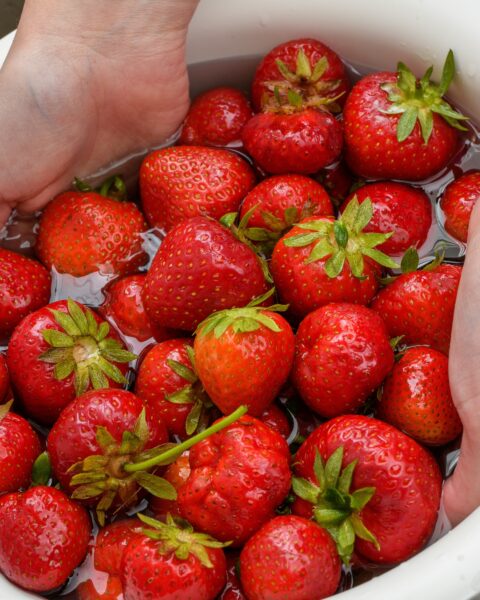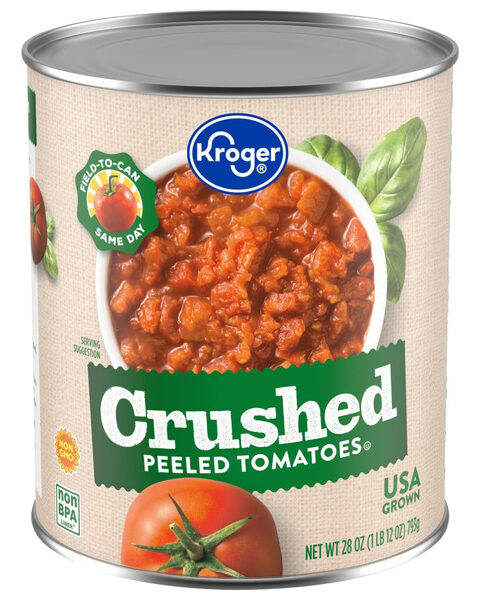Starting your first garden can be an incredibly rewarding experience, offering a chance to connect with nature and enjoy fresh, home-grown produce. Whether you’re aiming to grow vibrant flowers, tasty vegetables, or fragrant herbs, the key to success lies in a few simple steps. With the right guidance, even beginners can cultivate a thriving garden that brings joy and satisfaction.
Contents
- 1 Start Small
- 2 Choose the Right Location
- 3 Test Your Soil
- 4 Use Quality Seeds and Plants
- 5 Water Wisely
- 6 Mulch to Retain Moisture
- 7 Learn About Companion Planting
- 8 Be Patient
- 9 Keep a Gardening Journal
- 10 Enjoy the Process
- 11 More From RetailShout
- 12 20 Best Trader Joe’s Products for Meal Prep and Planning
- 13 15 Trader Joe’s Recipes for a Mouthwatering Feast on a Budget
Start Small
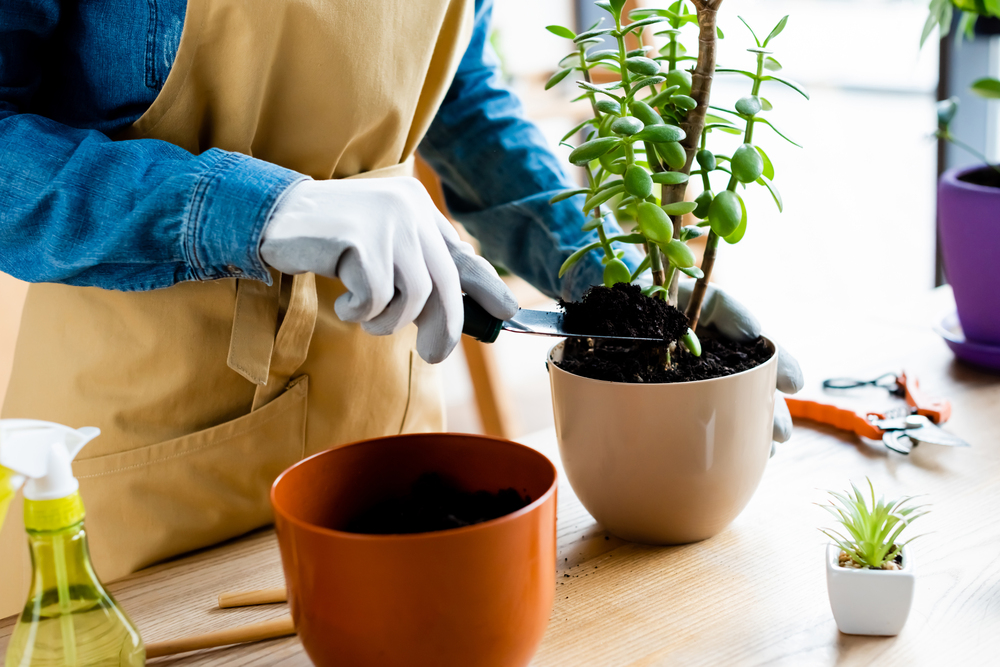
When beginning your gardening journey, it’s best to start small. Choose a manageable area to plant a few varieties of easy-to-grow plants. This will help you learn the basics without feeling overwhelmed. As you gain experience, you can gradually expand your garden.
Choose the Right Location
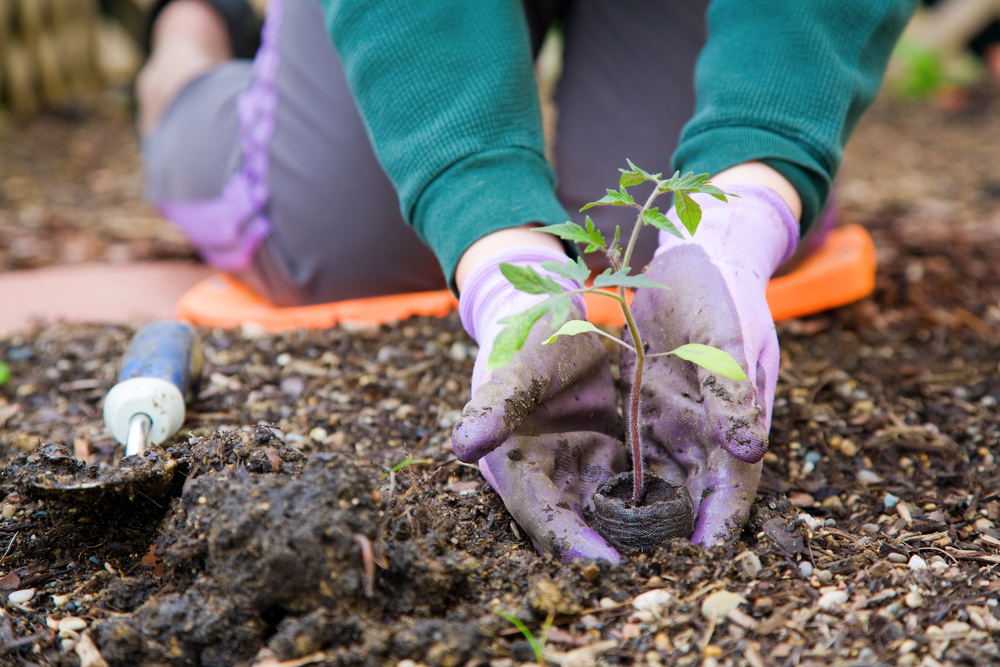
The success of your garden largely depends on its location. Most plants need plenty of sunlight, so pick a spot that gets at least six hours of direct sun daily. Also, consider accessibility; you’ll want a location that’s easy to water and maintain. A well-chosen location can make all the difference in your garden’s growth.
Test Your Soil
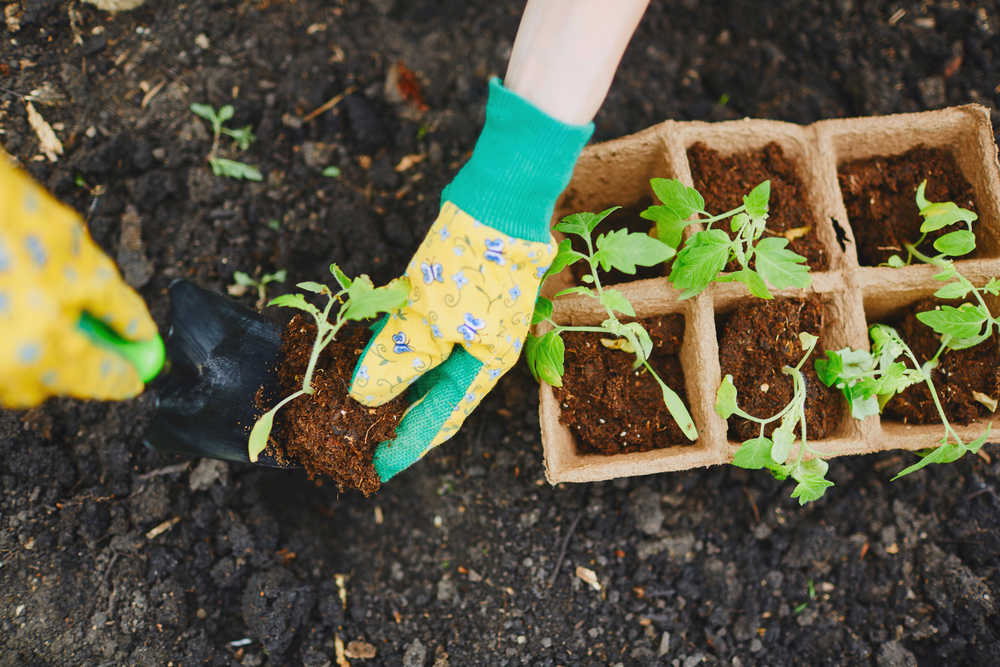
Understanding your soil is crucial for a healthy garden. Conduct a simple soil test to check its pH and nutrient levels. This will guide you in selecting the right plants and adding any necessary amendments. Healthy soil is the foundation of a thriving garden, so don’t skip this step.
Use Quality Seeds and Plants
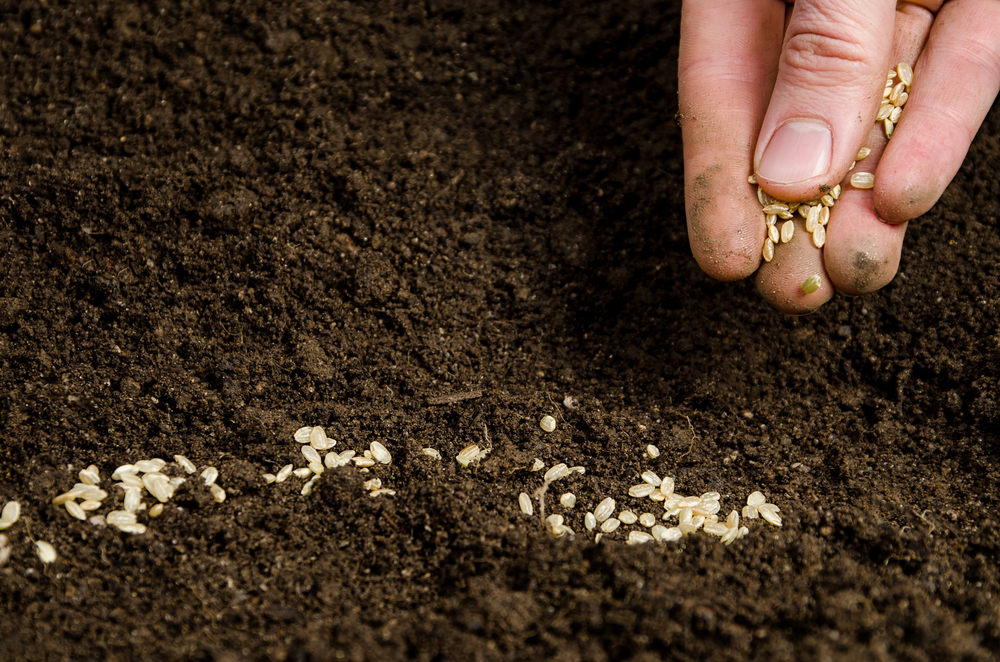
Investing in high-quality seeds or plants is key to a successful garden. Look for reputable suppliers and choose varieties that are known to thrive in your local climate. Healthy, disease-resistant plants will give you the best chance for a bountiful harvest. Starting with strong plants sets the stage for gardening success.
Water Wisely

Proper watering is essential for plant growth, but it’s important not to overdo it. Water your garden in the early morning or late afternoon to reduce evaporation. Make sure to water the roots rather than the leaves, as this encourages deeper growth. Consistent, mindful watering will help your garden flourish.
Mulch to Retain Moisture
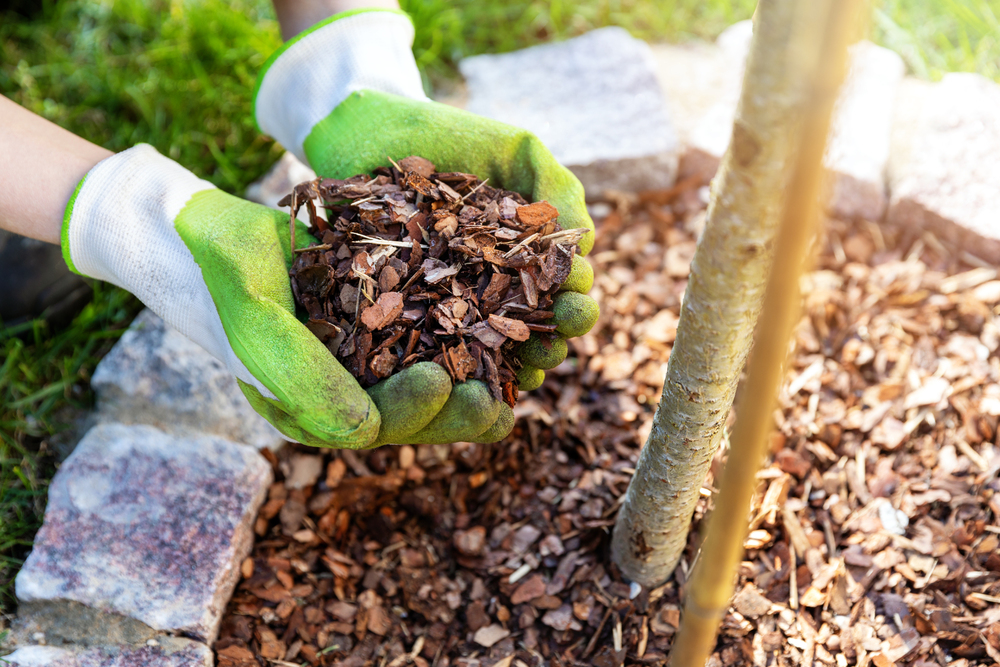
Mulching is a simple way to conserve water and keep your garden healthy. A layer of mulch helps retain soil moisture, suppress weeds, and regulate soil temperature. Organic mulches like straw or wood chips also enrich the soil as they decompose. Mulching is a low-maintenance step that yields big benefits.
Learn About Companion Planting
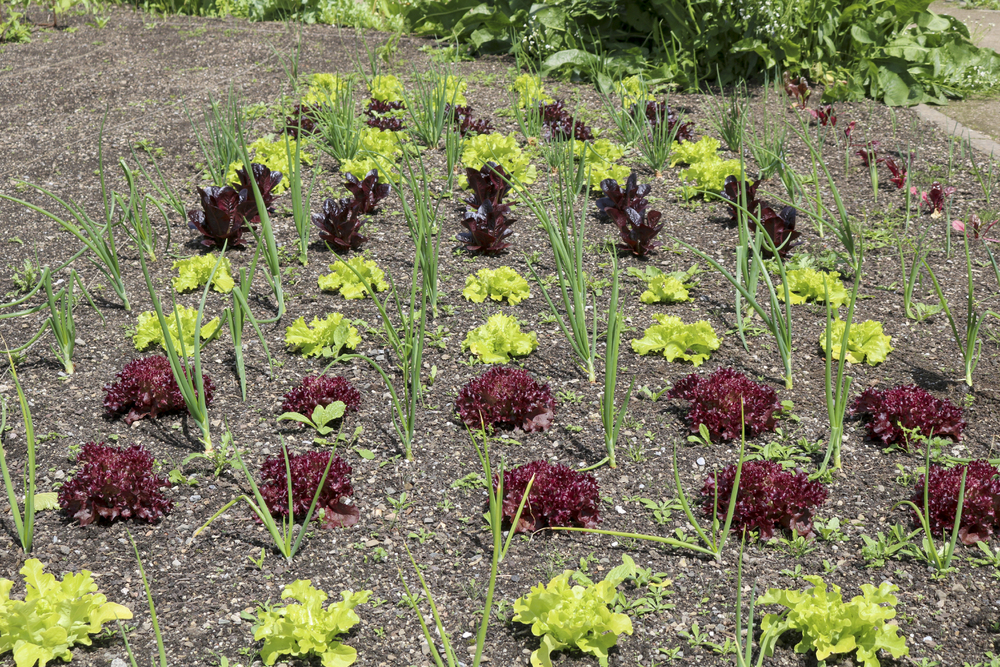
Companion planting is a gardening technique that can improve plant health and productivity. By planting certain species together, you can naturally repel pests and boost growth. For example, marigolds can protect tomatoes from harmful insects. Understanding which plants work well together can make your garden more resilient and productive.
Be Patient
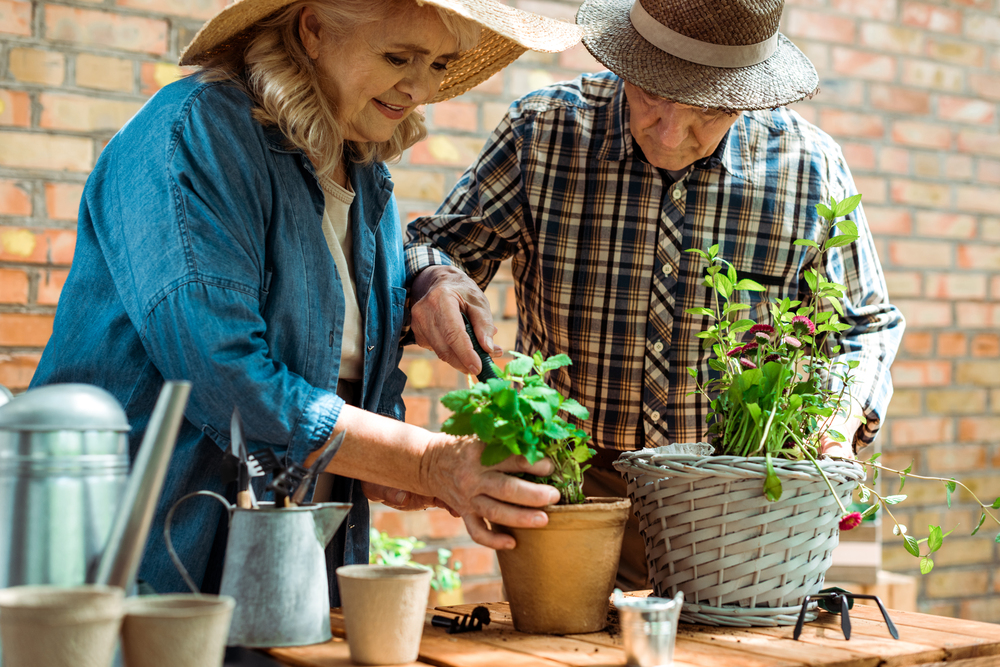
Gardening requires patience and a willingness to learn from mistakes. Plants take time to grow, and not everything will go perfectly on your first try. Observe your garden regularly and make adjustments as needed. With time and care, you’ll develop the skills needed to nurture a thriving garden.
Keep a Gardening Journal

Documenting your gardening journey can be incredibly helpful. Keep track of what you plant, how it grows, and any challenges you encounter. This will help you learn from your experiences and improve your gardening skills over time. A journal is a great tool for any gardener, especially beginners.
Enjoy the Process
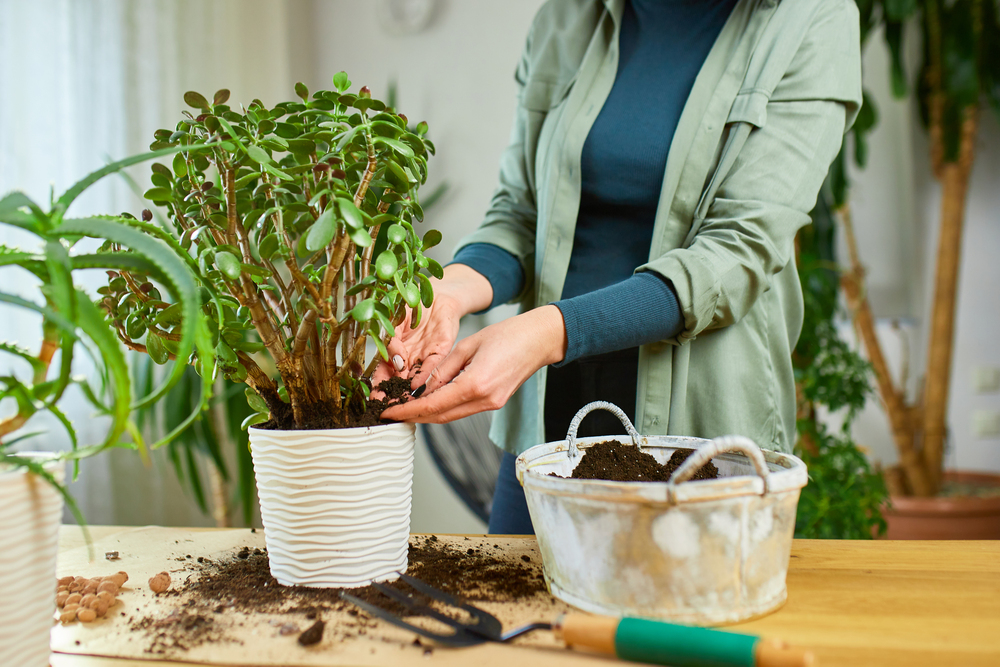
Remember that gardening is as much about the journey as it is about the results. Take time to enjoy the process of nurturing your plants and watching them grow. Gardening is a peaceful, rewarding activity that can bring a lot of joy and satisfaction. Embrace the experience, and your garden will thrive.
This article originally appeared on RetailShout.
More From RetailShout
6 Top Meat Cuts for Pot Roast and 6 You Should Avoid
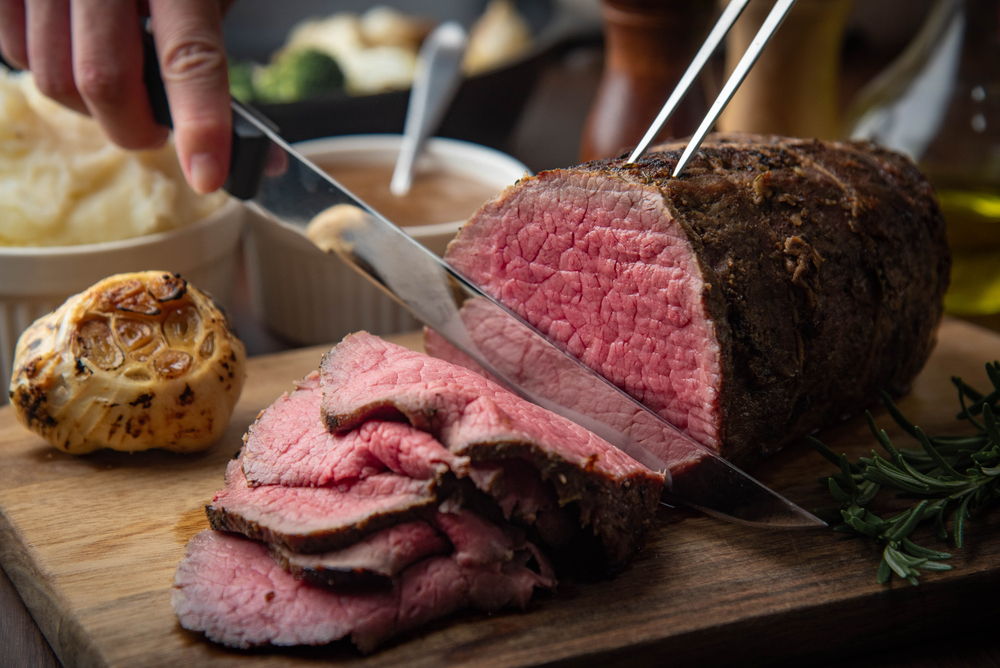
When it comes to making a delicious pot roast, the cut of meat you choose can make all the difference. Some cuts are perfect for slow cooking, turning tender and juicy, while others can end up tough and dry. Read More.
20 Best Trader Joe’s Products for Meal Prep and Planning
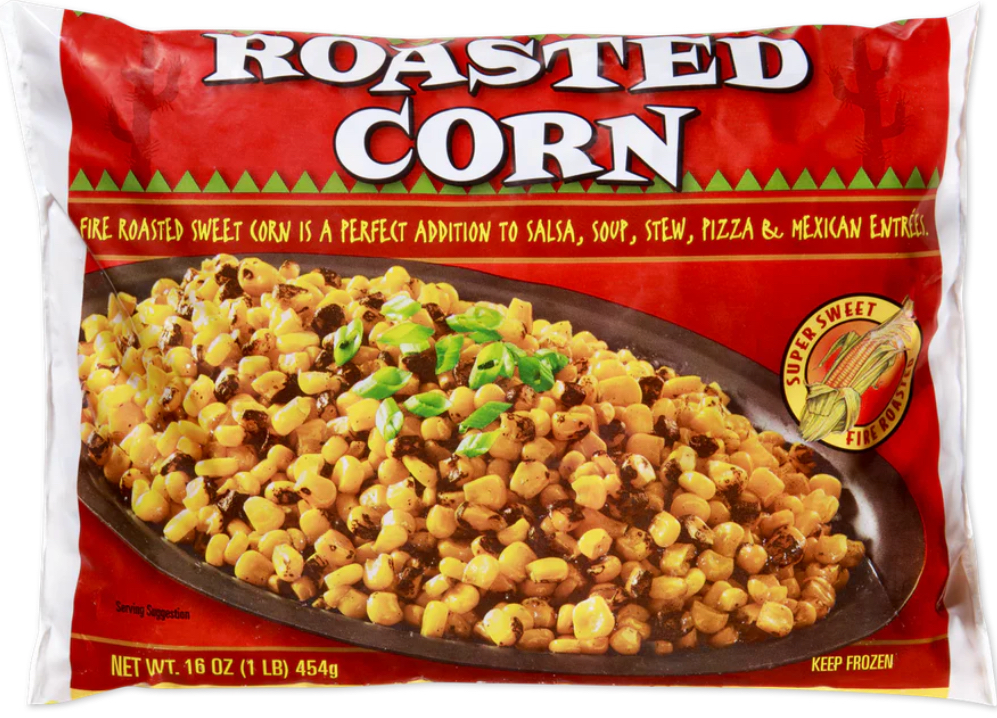
Meal prepping and planning can be a game-changer for anyone looking to save time, eat healthier, and stay organized throughout the week. Trader Joe’s offers a variety of ingredients and ready-to-eat options that can simplify your routine while keeping your meals exciting and delicious. Read More.
15 Trader Joe’s Recipes for a Mouthwatering Feast on a Budget
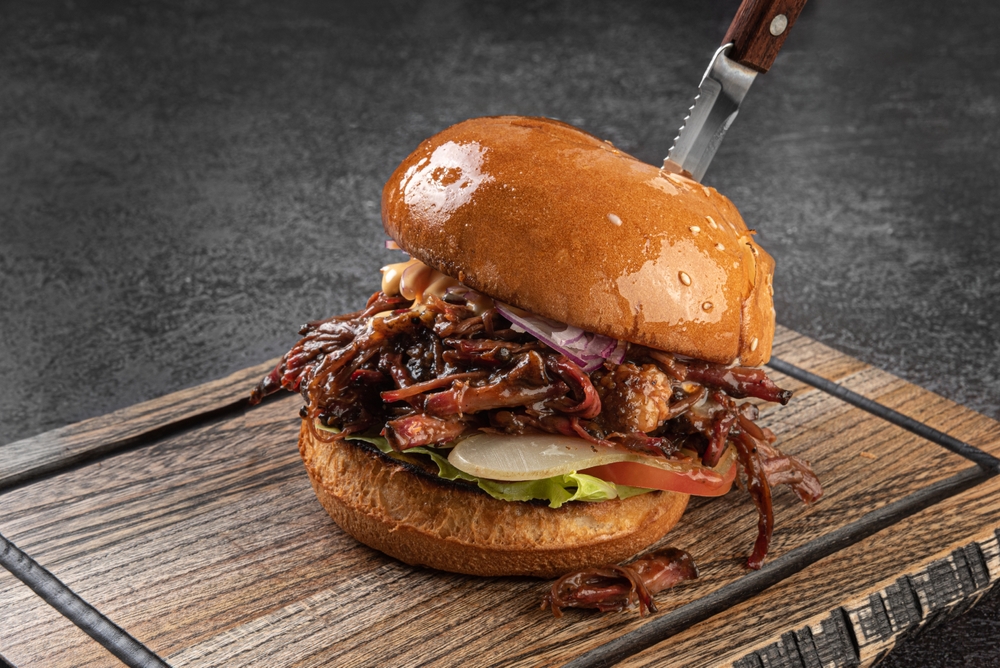
Creating a delicious and budget-friendly feast doesn’t have to be a challenge, especially when shopping at Trader Joe’s. With a variety of affordable and high-quality ingredients, you can whip up impressive dishes that will satisfy everyone at the table. Read More.



